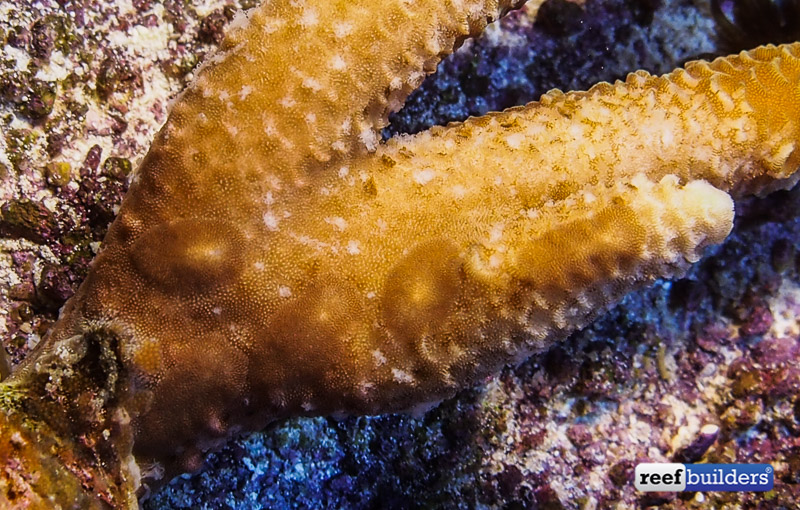Acropora Eating Flatworms aka AEFW aka Amakusaplana acroporae are the bane of SPS coral keepers, especially those of us with a penchant for Acropora species. Acro flatworms can turn an otherwise perfect reef system into an nightmare for the Acros in our aquariums. We are often asked how to treat this pest, how to dip it, what to dip with and especially, how often to dip. This last questions of dipping frequency is one that has always stuck in our mind and today we believe we have come to a very good, educated answer.
While we know how to remove adults using coral dipping products, we still have to watch out for the numerous eggs that are laid at the edge of the coral tissue which are impervious to known coral cleansing agents. Even when coral dips are performed regularly, and AEFW eggs are diligently scraped, removed or glued over, some reefers still experience a persistent infestation of these un-invited pests.
We recently came across a paper published last year by Benjamin Hume et. al. in the 33rd volume of Coral Reefs which took a closer look at the effects of Amakusaplana flatworms on aquarium specimens of Acropora. We sincerely hoped that this paper had some data critical to understanding the AEFW’s life cycle, especially how long it takes the adults to mature and start reproducing, and how long it takes the eggs to hatch (21 days).

From this new AEFW paper we did manage to pluck out one critical element which could be equally important to learning how to eradicate Amakusaplana from an infected tank once and for all. When the flatworms were removed from an infected Acropora colony, the researchers noted that “isolated AEFWs without access to the host died after 5–7 d”.
Simply put, AEFW can live for up to a week without an Acro to feed on, and this is only in regards to the mature, crawling form of the flatworm. From previous research on Amakusaplana acroporae we also know that “A. acroporae hatchlings are able to swim into the water column […] If kept with coral fragments, hatchlings would swim into the skeleton immediately.”

You could be performing weekly dips on your infected Acropora corals but you still have flatworms cruising around the aquarium system. These hungry AEFW are now ready to jump right back onto your acros which have been freshly vacated of any competition. So if you’re on a weekly dipping schedule, there will always be some AEFW on the rocks or away from the Acros during the dip.
What this means is that to eradicate AEFW from an aquarium with an Acro Eating Flatworm infestation, you probably need to be aiming for dipping twice a week. A bi-weekly dipping regimen should ensure that you are removing all the flatworms in your system since they need to hop on an acro to feed at least once a week, but probably won’t stray too far from their infected host.
If you have any experience dealing with or eradicating AEFW, please share your experience and insights in the comments. This AEFW infestation is a huge problem for Acro keepers and we need all the data we can gather to educate all reefers on how to stamp out this very destructive parasite.



